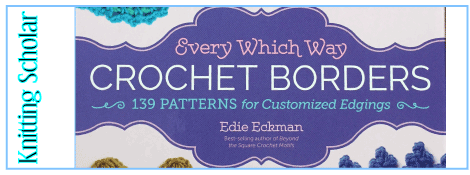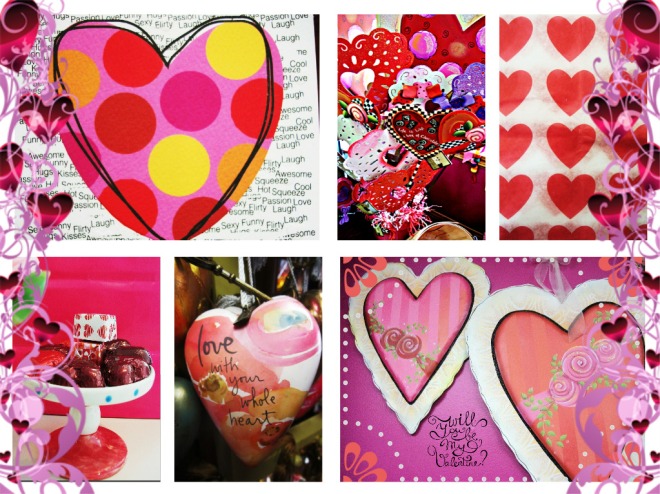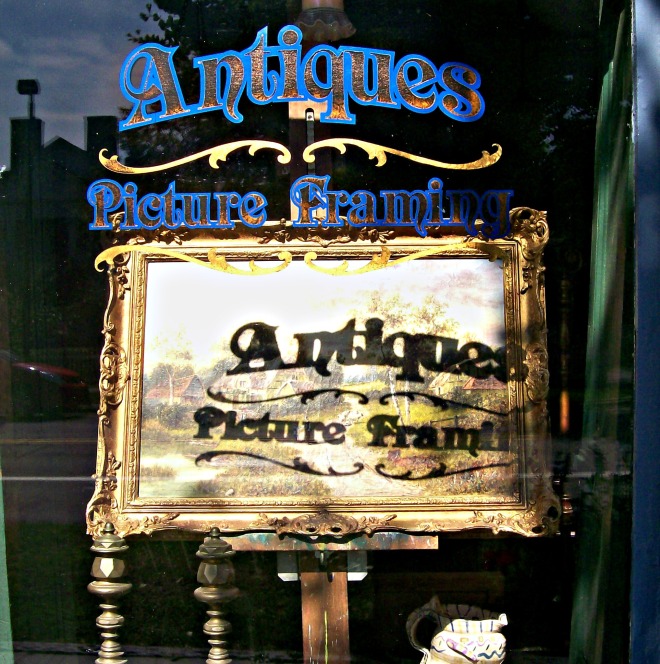
First, the facts:
Title: Every Which Way Crochet Borders: 139 Patterns for Customized Edgings
Author: Edie Eckman
Published by: Storey Publishing, 2017
Pages: 218
Type: Crochet
Chapters:
Design Concepts
Border Designs
The In-Depth Look:
My first thought, looking through this book, is how much both my grandmothers would have loved it.
Now, before you get up at arms about me jumping to the conclusion that crocheting is for grandmothers (though they are as welcome to enjoy the craft as anyone else), I’ll just note that both my grandmothers loved to crochet. One of them left us with gorgeous afghans, and the other with a pile of lace-edged handkerchiefs. I never saw either of them knit, but I know they were talented at crochet.
And this book? So many beautiful borders just waiting to go on almost anything. There’s even a nice, clear explanation on how to prepare different materials for a crocheted border–crochet, knit, fleece, or commercial fabric–because why limit yourself solely to things made with yarn? (Again, see note above about those stunning handkerchiefs.)
After a nice, detailed explanation of hows and whys you want to use borders, and some basics about rounding corners–because every pattern here adapts for corners–the patterns start with some basic elements. These can be used as simple borders themselves, or as a base or addition to others. (Creativity is key, right?)
After the fourteen basic elements, the actual patterns begin–125 of them, all beautifully photographed and annotated with characteristics like “wide,” “undulating,” “reversible,” “open/lacy,” “layered,” and so on. These get reprised at the end with a spreadsheet-like table at the end so that it’s easy to spot, say, all the borders with Motifs, or that are Fringy.
Actually, I think I’m rather in love with all the cross-referencing among the source material in this book. The Appendix not only gives the table I just mentioned, but also a pictorial index of all the borders, an explanation on how to use the charts (because all the patterns come with both written and charted instructions), and a glossary to explain all the terms and stitch techniques.
Add to this an index and a convenient wire binding inside hard covers so that the book will lay flat when you use it but not get battered in your bag? Yeah, I’m impressed.
You will be, too. I think this is one of the most useful crochet books I’ve seen in a while. I only wish I could have seen what my grandmothers would have thought of it. You should definitely check out your own copy, which you can get at Amazon or at your local shops.
Want to see bigger pictures? Click here.
This review copy was kindly donated by Storey Publishing. Thank you!
My Gush: So impressed!
Other posts for this author:



 The end of last week the rights to the
The end of last week the rights to the 
























 Have you heard the terms sample knitter, and test knitter, and wondered what the difference is?
Have you heard the terms sample knitter, and test knitter, and wondered what the difference is?